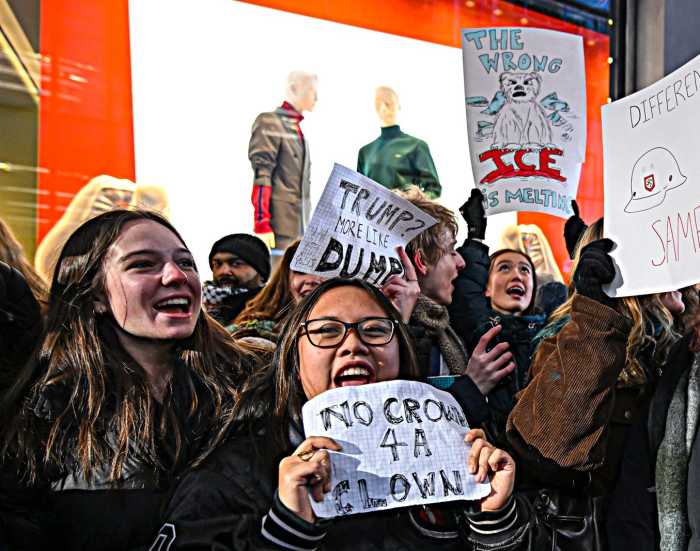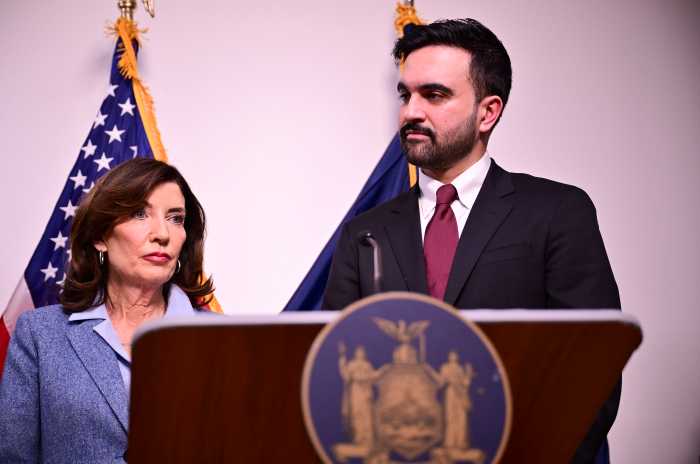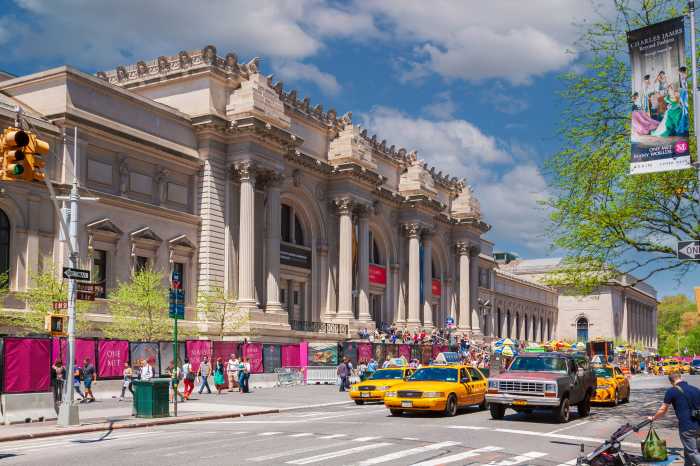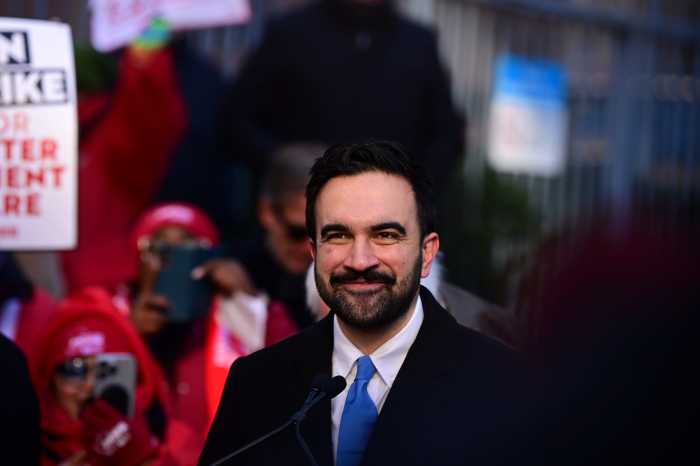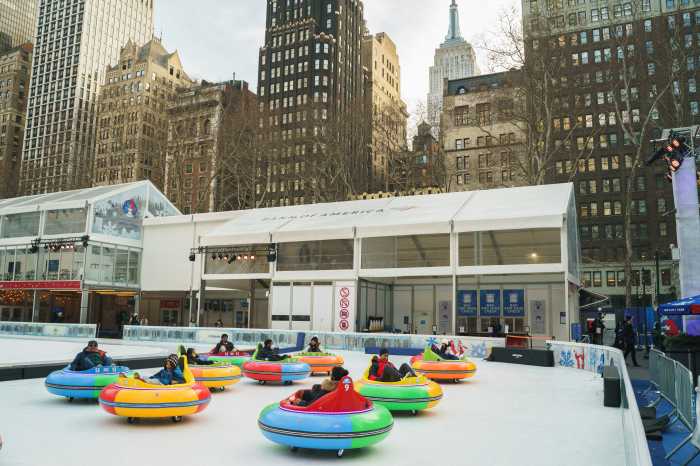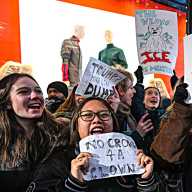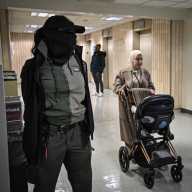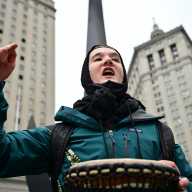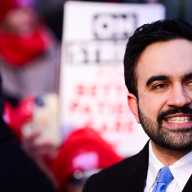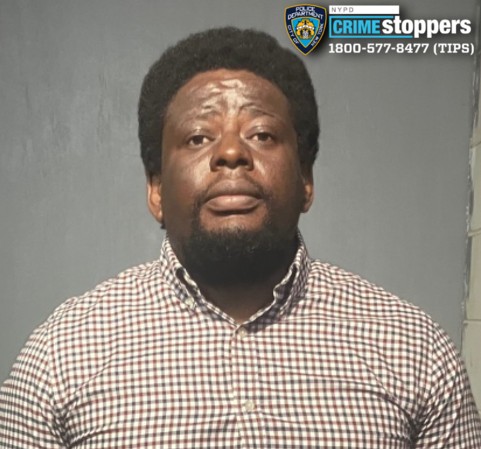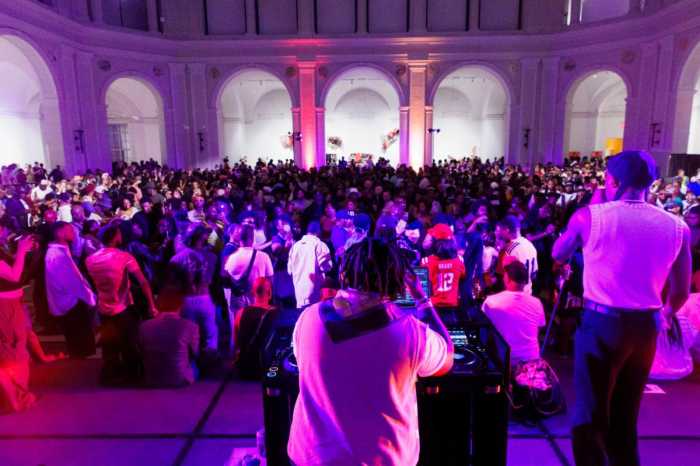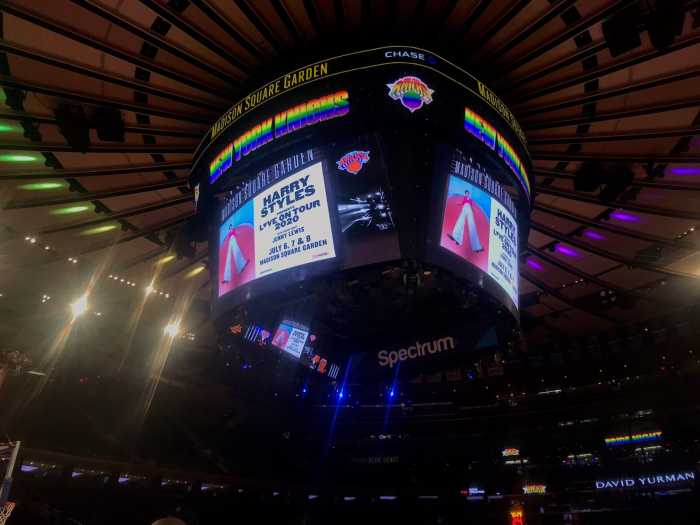With its diverse set of top colleges and universities, New York has always set itself as a top destination for students around the globe.
However, President Donald Trump’s push for travel bans from select countries, a decrease in visas, increase in deportations, and vulgar comments about African nations, have given international academics many reasons to study elsewhere. Nonetheless those students continue to choose New York City in increasing numbers for their undergraduate and graduate studies.
The number of international students rose by at least 2.6 percent at four major colleges and universities in the city between the 2016 and 2017 fall semesters, according to data compiled by amNewYork. In the fall of 2016 there were 25,845 students — last semester a total of 26,845.
Atem Tazi, of Washington, D.C., a junior at St. John’s and head of the school’s African Students Association, said her campus has gone out of its way to assure immigrant students that they will be safe despite political uncertainty.
“When Trump made his usual crazy statements, [about African immigrants], the school sent out a statement immediately that said they won’t be affected to the best of St. John’s ability,” said Tazi, whose parents emigrated from Cameroon. “It was reassuring for them.”
For Lamount Evanson, 19, a sophomore at Lehman College and native of Antigua and Barbuda, having family in the Bronx and Caribbean friends around the city helped him decide on New York.
“Everyone was very supportive of me coming to the U.S., even with all of the Trump things going on,” he said.
Jonathan Bowles, the executive director of the Center for an Urban Future, a Manhattan think tank, was surprised that the number of international students didn’t drop after Trump’s election, especially since the city saw 100,000 fewer international tourists in 2017 compared to 2016. He said New York sectors outside of academia are reaping the rewards.
“They are paying full tuition in many cases and are spending on all sorts of other things from apartments to restaurants and retail,” Bowles said.
Other experts say the boost in international makeup has far-reaching benefits for the state and the nation, even if those students don’t stay after receiving their diplomas.
A report released in the fall by the nonprofit Institute of International Education, which tracks international students in the U.S., found that New York state was second only to California for the largest international collegiate student body, and the numbers steadily have been growing since 2010.
Representatives for CUNY, NYU, St. John’s University and Fordham University were able to provide amNewYork their data for their foreign-born students, which included community college and ESL members, for the 2016 and 2017 academic years. St. John’s was the only school that had a decrease in international students as the total went from 1,249 in the fall 2016 semester to 1,177 in the fall of 2017.
The latest international student data Columbia University could provide was for the 2014-2015 academic school year, when it had 9,675 foreign undergraduates and graduates. A school spokesman noted the number of international students has grown over the years and Columbia’s international student office has been a valued source for those members.
For those who chose CUNY, NYU, St. John’s University and Fordham University, the city’s career opportunities in business, art, science and other areas were too good to pass up.
“There are very good colleges in New York and they can’t be matched anywhere in the world,” said Peenal Raiyani, 25, of Mumbai, who is currently studying for her master’s in finance at Fordham. “I had that expectation and it proved to be right.”
Raiyani said she mulled going to a couple of other American schools, including ones in Texas and Chicago, but stuck with New York because the Fordham Lincoln Center campus gave her more direct access to the financial companies she wants to work for.
“New York is the financial capital and I know I can’t get those job opportunities anywhere else,” she said.
Although the international student numbers are growing steadily, Bowles noted that Trump and his administration could still play a factor when it comes to students’ futures. U.S. jobs for immigrants are already in flux due to the president’s proposals to slash the number of H-1B visas for skilled workers who have expertise in tech, medicine and other sciences, the diversity visa lottery and other similar programs, he said.
Bowles said these unknowns could push students to leave the U.S. and either take their skills back to their home countries, or immigrate to other countries that have fewer restrictions.
Nemah Kalima, a senior at Lehman College and native of Zambia, is studying pre-med and said she has gone back and forth in her head about pursuing her medical career in New York and her home country.
“My dad wanted me to come home. He was like, ‘I don’t know how the whole thing will play out,’” she said. “But it’s one of those things where you have to play it by ear.”
The city colleges and universities are making a concerted effort to counter this sentiment.
A spokeswoman for St. John’s said the school has hired more international recruiters and created more events around the world to make sure it didn’t lose any more prospective students. Last month, Lehman College entered an agreement with eight Mexican public colleges that would allow for exchange programs between students and faculty.
Bowles said that even if students do not choose to become full time New Yorkers, there is a silver lining: Exporting talent sends a message to other prospective international students and their families that the city is a good place to study and live.
“Even though the image of the nation may be diminished around the world, a lot of people around the world view New York City as a beacon and a place to get ahead,” he said.



